German Climate
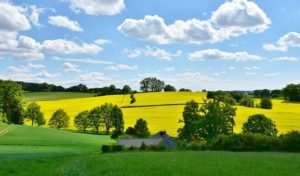 Germany’s climate is temperate and marine, with cold, cloudy winters and warm summers and in the south occasional warm föhn wind.
Germany’s climate is temperate and marine, with cold, cloudy winters and warm summers and in the south occasional warm föhn wind.
The greater part of Germany lies in the cool/temperate climatic zone in which humid westerly winds predominate.
In the northwest and the north, the climate is oceanic and rain falls all year round.
Winters here are relatively mild and summers comparatively cool.
In the east, the climate shows clear continental features; winters can be very cold for long periods, and summers can become very warm. Dry periods are often recorded.
In the centre and the south, there is a transitional climate that may be predominantly oceanic or continental, according to the general weather situation.
Winters are cool and summers warm, though maximum temperatures can exceed 30 °C for several days in a row during heat waves.
The warmest regions of Germany can be found in the southwest.
Here summers can be hot with many days exceeding 30 °C.
- Weather atlas gives a good overview of the climate per month
- Another good source of information by Region/Town is the Climatemps website. Here is an example of the weather data they have for Stuttgart
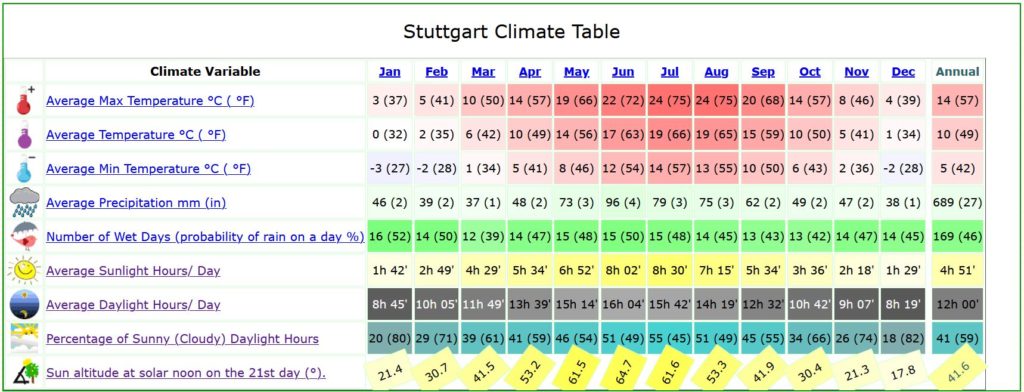
Towns with the most sunshine
Freiburg and Chemnitz are known as the towns with the most sunshine hours in Germany.
Looking for other sunny cities in Germany? You can see a comparison here.
When you don’t feel yourself during the darker months, you might suffer from Seasonal affective disorder
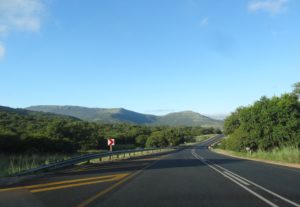
Seasonal affective disorder (SAD)
Surviving winter in Germany. How to deal with Seasonal affective disorder (SAD) or feeling blue during the winter months.
Warmest cities in Germany
Frankfurt is the warmest city in the summer.
The city with the highest average temperature for 2019 was Köln-Stammheim. Offenbach am Main is also on the list.
Rostock is the coldest on average.
Most Rainfall per city
Halle / Saale has the least rainfall. It also seldom rains in Erfurt, Berlin and Magdeburg – they still have little sunshine (3.8 to 4.4 hours/day).
According to Bild, A lot of rain falls in Oldenburg (1072 milliliters), Remscheid (942), Essen (931), Solingen (896) and Wuppertal (866).
This means that North Rhine-Westphalia is not only one of the regions with the poorest sunshine but also one of the rainiest regions.
Where to find the most Snow
The place with the most snow is the Zugspitze at an elevation of 3000m.
When it snows, it will be mostly on the mountain areas, although some of the lower-lying areas also do get snow. The most snow can be expected during January and February.
Types of weather conditions
Precipitation refers to any form of atmospheric moisture that falls to the Earth’s surface. There are various types of precipitation that can occur depending on the temperature and atmospheric conditions in a particular region. The most common types of precipitation include rain, snow, sleet, and hail. To read more about the difference between Graupel, Freezing rain, Sleet and snow, have a look on this page from NJ.
| der Regen | Rain | Rain occurs when liquid water droplets in the air combine and become heavy enough to fall to the ground |
| der Hagel | Hail | Hail is formed when strong updrafts carry water droplets high into the atmosphere where they freeze and are repeatedly cycled through rising and falling air currents, forming layers of ice. |
| der Dauerregen | Constant or persistent rain | The US National Weather Service has a good explanation of the different types of rain In Central Europe one speaks of continuous rain when it continues with uninterrupted rainfall and a severity of more than 0.5 millimeters of precipitation per hour for a period of at least six hours. |
|
der Sprühregen or der Nieselregen |
Drizzle |
Fairly uniform precipitation composed exclusively of fine drops very close together. Drizzle appears to float while following air currents, but unlike fog droplets, it falls to the ground. Quite often fog and drizzle occur together. |
| der Graupel / | Graupel |
Also known as snow pellets. |
| der Eisregen | Freezing rain |
Raindrops becomes supercooled and freeze upon impact with any surface. This results in ice that can accumulate. |
| der Schneeregen | Sleet |
Sleet is simply frozen raindrops and occurs when the layer of freezing air along the surface is thicker. This causes the raindrops to freeze before reaching the ground. |
| der Schnee | Snow |
Snow occurs when the temperature is cold enough for water vapor to freeze into ice crystals in the air. Snow is solid precipitation that falls from the sky in the form of ice crystals. The ice crystals look like six-pointed stars, needles, columns or plates.
|
| der Nebel | Fog |
In the meteorological glossary fog is defined as ‘obscurity in the surface layers of the atmosphere, which is caused by a suspension of water droplets. By international agreement (particularly for aviation purposes) fog is the name given to resulting visibility less than 1 km. However, in forecasts for the public, this generally refers to visibility less than 180 m. |
| Der Dunst | Mist |
Mist is defined as ‘when there is such obscurity and the associated visibility is equal to or exceeds 1000 m.’ Like fog, mist is still the result of the suspension of water droplets, but simply at a lower density. Mist typically is quicker to dissipate and can rapidly disappear with even slight winds, it’s also what you see when you can see your breath on a cold day. Some also say that mist forms on the ground (rises)
|
| der Eisnebel | Freezing fog |
The fog forms when the temps at the surface are below freezing. |
| der Frost | Frost |
Frost forms when an outside surface cools past the dew point. The dew point is the point where the air gets so cold, the water vapour in the atmosphere turns into liquid. Light frost occurs when temperatures are between 0 and -5 degrees, moderate frost at temperatures between -5 degrees and -10 degrees. Severe to severe frost occurs at a temperature of -10 degrees to -15 degrees. Anything below -15 degrees is called a very severe or very severe frost. |
| die Gewitter | Thunder | A thunderstorm is a meteorological phenomenon that is expressed in air-electric discharges. Lightning and thunder are formed from rising air currents. |
| der Blitz | Lightning | Lightning is an electrical discharge. This can take place either between clouds and the earth’s surface or between several clouds. For a short period of time, an arc exists through which current flows. The electrical charge is formed by the electrostatic charge of the water droplets in a cloud or raindrops. Before the lightning discharge, there is a voltage between the cloud and the ground that can be several hundred million volts. The lightning itself can reach currents of significantly more than 100,000 amperes. An average energy of 23.5 kilowatt hours is released, which is enough to keep a 100 watt light bulb lit for almost 10 days. |
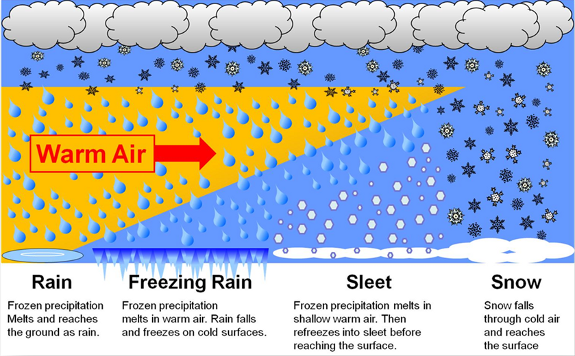
Seasons

Autumn and Winter in Germany
As residents of South Africa, we are blessed with the privilege of experiencing some of the most delightful weather conditions all year round. Our summer season is characterized by warm temperatures that beckon us to enjoy outdoor activities and bask in the sun’s warmth for hours on end. Meanwhile, the winter season is relatively short, although it is by no means unenjoyable, with mild and comfortable conditions that make it easy to still get out
Sources
Related pages

Yearly Festivals and Events in Germany
We compiled a list of annual traditional festivals and events in Germany, that we believe will provide you with an exciting array of activities and
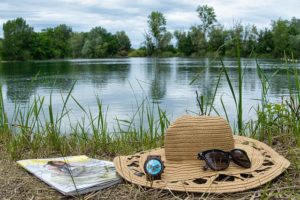
Swimming in Germany
Swimming options Private swimming pools are not so popular in Germany, but there are good public swimming options available. Public swimming pools / Öffentliche Schimmbäder
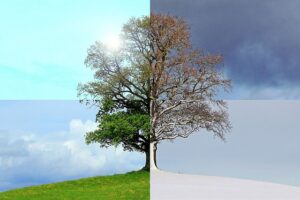
Germany month by month
We created a page for each month so you can find out what food is in season, what public holidays and festivals you can look

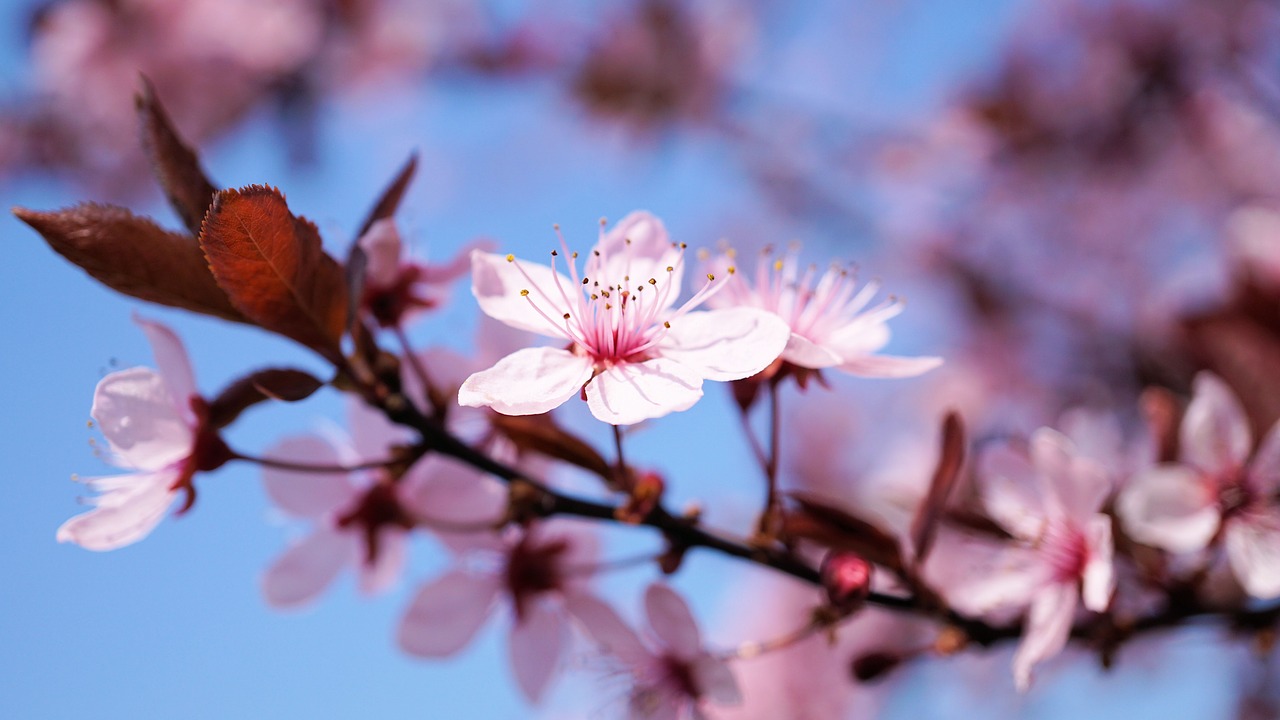


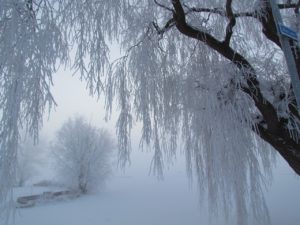

You must be logged in to post a comment.